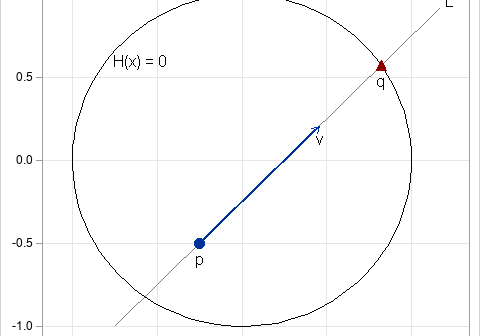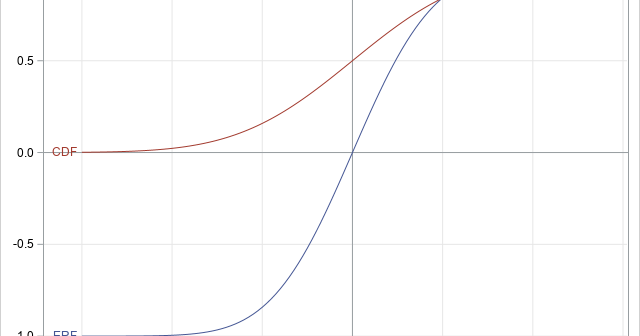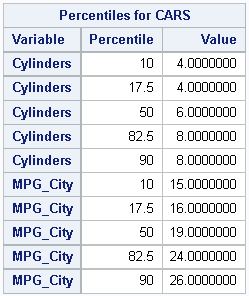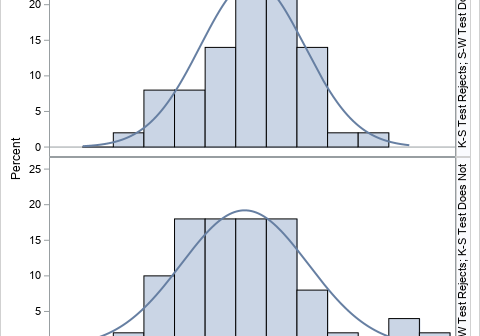The DO Loop
Statistical programming in SAS with an emphasis on SAS/IML programs
Recently, I needed to implement a line search algorithm in SAS. The line search is illustrated by the figure at the right. You start with a point, p, in d-dimensional space and a direction vector, v. (In the figure, d=2, but in general d > 1.) The goal is to

Recently, a SAS programmer commented about one of my blog posts. He said that he had found an alternative answer on another website. Whereas my answer was formulated in terms of the normal cumulative distribution function (CDF), the other answer used the ERF function. This article shows the relationship between

Sometimes it is useful to know the extreme values in data. You might need to know the Top 5 or the Top 10 smallest data values. Or, the Top 5 or Top 10 largest data values. There are many ways to do this in SAS, but this article shows examples

How can you estimate percentiles in SAS Viya? This article shows how to call the percentile action from PROC CAS to estimate percentiles of variables in a CAS data table. Percentiles and quantiles are essentially the same (the pth quantile is the 100*pth percentile for p in [0, 1]), so

Here's a fun problem to think about: Suppose that you have two different valid ways to test a statistical hypothesis. For a given sample, will both tests reject or fail to reject the hypothesis? Or might one test reject it whereas the other does not? The answer is that two

Several probability distributions model the outcomes of various trials when the probabilities of certain events are given. For some distributions, the definitions make sense even when a probability is 0. For other distributions, the definitions do not make sense unless all probabilities are strictly positive. This article examines how zero
